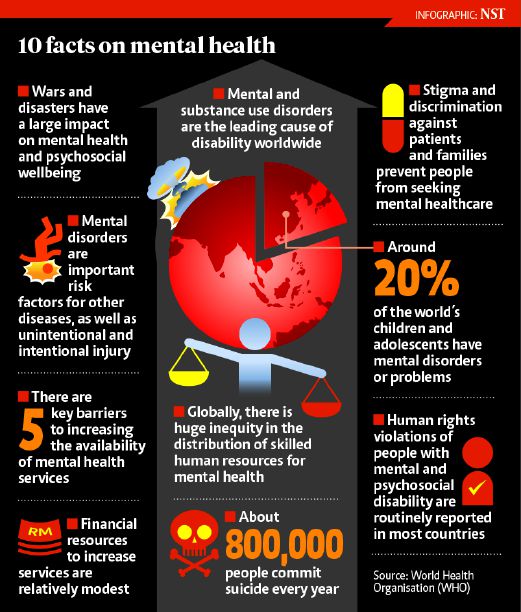Best Therapy For Teenagers
Best Therapy For Teenagers
Blog Article
What Kinds of Therapy For PTSD Are Available?
Treatment for PTSD helps you discover to handle your symptoms and gain back control of your life. It can entail oral medicines or chat therapies. Psychotherapy, or talk therapy, is one of the most usual treatment for PTSD. It can occur individually or in a group setup.
Symptoms of PTSD can range from being easily startled to avoiding activities and people. These symptoms can also affect family members and children.
Cognitive behavior modification (CBT).
CBT focuses on altering adverse patterns of assuming and actions that might be triggering PTSD signs. This therapy is generally short-term and client-centered, with the therapist and customer creating therapy objectives together. CBT has been shown to minimize PTSD signs and symptoms in several clinical trials utilizing clinician-administered and self-report procedures of PTSD. These results are mediated primarily by adjustments in maladaptive cognitive distortions, with some researches reporting physical, practical neuroimaging, and electroencephalographic changes correlating with feedback to CBT.
TF-CBT makes use of psychoeducation and imaginal direct exposure to instruct clients just how to better regulate emotions and handle their injuries. This treatment has likewise been revealed to improve PTSD signs in youngsters and adolescents.
Eye movement desensitization and reprocessing (EMDR).
EMDR is an evidence-based therapy that functions by assisting people procedure injury making use of flexible information processing. It can be utilized on its own or with various other treatments. It has been revealed to be efficient in treating PTSD. EMDR is extensively utilized around the globe.
It begins with history-taking and a joint therapy plan. Throughout this phase, you will speak about the reason you are looking for therapy and identify traumatic memories you intend to focus on. The therapist will likewise instruct you methods to handle any type of difficult or distressing feelings that might occur throughout a session.
Throughout the reprocessing phase, you will remember a traumatic memory while focusing on a back-and-forth movement or audio (like your service provider's hand crossing your face) up until the negative photos, ideas, and sensations connected with it start to decrease.
Somatic experiencing.
A specialist who specializes in this technique will assist you become aware of the physical feelings that accompany your PTSD symptoms. They'll likewise teach you exactly how to identify your autonomic nervous system and its duty in the injury feedback.
Unlike other trauma therapies, somatic experiencing doesn't concentrate on memories or emotions. Rather, therapists work to launch the tension from your body and eliminate your symptoms.
This therapy has been located efficient in a number of randomized controlled tests. Nonetheless, the results from these researches are limited by small example sizes and various other methodological deficiencies. These imperfections limit the outside legitimacy of these findings.
Present-centered therapy.
Present-centered treatment (PCT) is a non-trauma focused psychotherapy that intends to boost clients' connections, infuse hope and optimism, and promote analytic. While PCT lacks exposure and cognitive restructuring methods of trauma-focused therapies, it has been revealed to be as efficient in reducing PTSD signs as trauma-focused CBTs.
In a collection of eleven researches, PCT was compared to a wait listing or marginal call control condition and to TF-CBT. PCT was superior to the WL/MA conditions in lowering self-reported PTSD signs and symptoms at post-treatment, and it was associated with decreased therapy failure prices. However, the effect size was not large sufficient to be medically significant.
Reflection.
Reflection aids individuals relax their nervous systems and practice self-care. This therapy concentrates on the physical experience of breathing, and individuals might obtain sidetracked by thoughts or emotions, but it is very important to return their emphasis to the breath time and again.
PTSD affects not only those who have directly experienced the trauma, however also witnesses and those that work with emergency responders or law enforcement. Symptoms of PTSD can include intrusive, distressing memories, flashbacks or headaches, and difficulty focusing or resting.
Preventing uncomfortable memories and feelings is a common response to injury, however it only makes symptoms even worse. It is very important to seek treatment prior to PTSD interferes with your life and connections.
Double diagnosis treatment.
Signs and symptoms of co-occurring PTSD and compound use disorder (SUD) are usually connected and both need to be dealt with in recuperation. Individuals who experience PTSD can be more likely to turn to alcohol or medicines to self-medicate and briefly reduce invasive ideas, flashbacks and adverse mood swings.
PTSD symptoms consist of persistent and involuntary stressful memories or desires, vivid and dissociative reactions that feel like experiencing the occasion, preventing areas, individuals, conversations, or things connected with the trauma, sensations of hypervigilance and being always on guard or conveniently stunned, and feelings of psychological pins and needles.
Twin medical diagnosis treatment entails therapy and finding out healthier mental health support coping mechanisms. It might also entail pharmacotherapy, such as antidepressants or mood stabilizers.